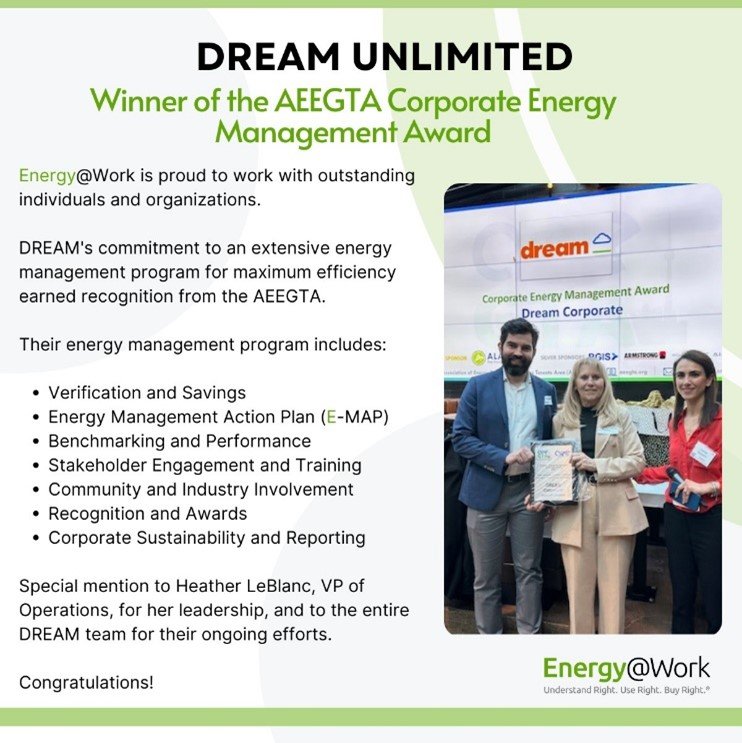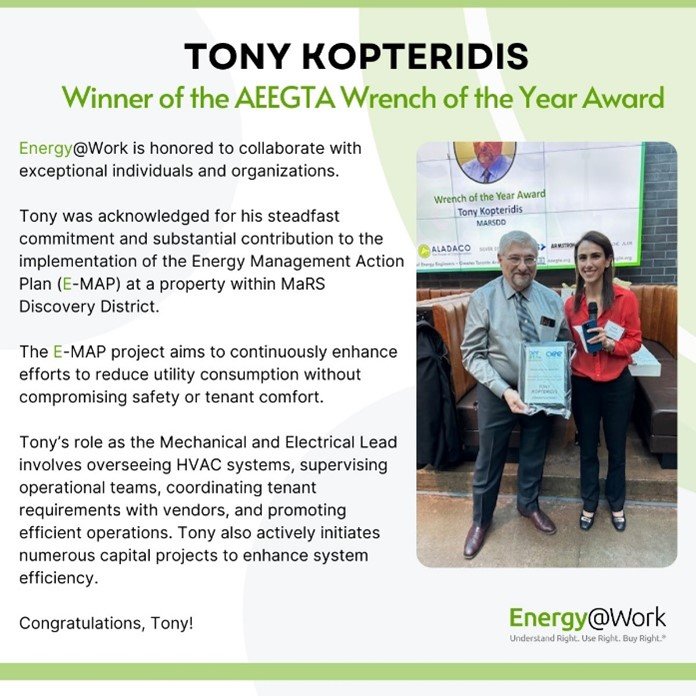Energy@Work’s 7th annual holiday challenge is under way! This challenge presents the opportunity to discover how much energy can be conserved over the holiday period. Operations and tenants can work together and save energy since offices typically have a much lower occupancy over the holidays, which presents the opportunity to cut waste, see help from our Energy@Work elf.
Common areas of opportunity include:
plug load or what is commonly called “Phantom Power”
- this is a huge waste!systems continuing to run when not needed,
lights, particularly accent and interior lobby lighting,
TV screens and monitors have off switches which are rarely used in lieu of standby mode,
exercise equipment “in the ready mode’ but sitting idle.
This year’s challenge will take place:
6:00 PM Friday, December 20th, 2024
to
6:00 AM Monday, January 6th, 2025
Questions can be directed to: HolidayChallenge@energy-efficiency.com
We’re looking forward to seeing what savings were achieved
- stay tuned for the January 2025 “News and Views” for results!















